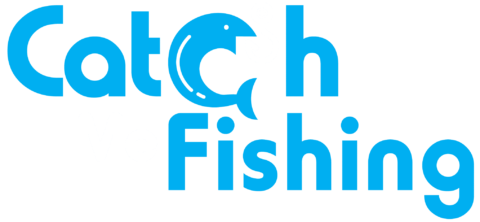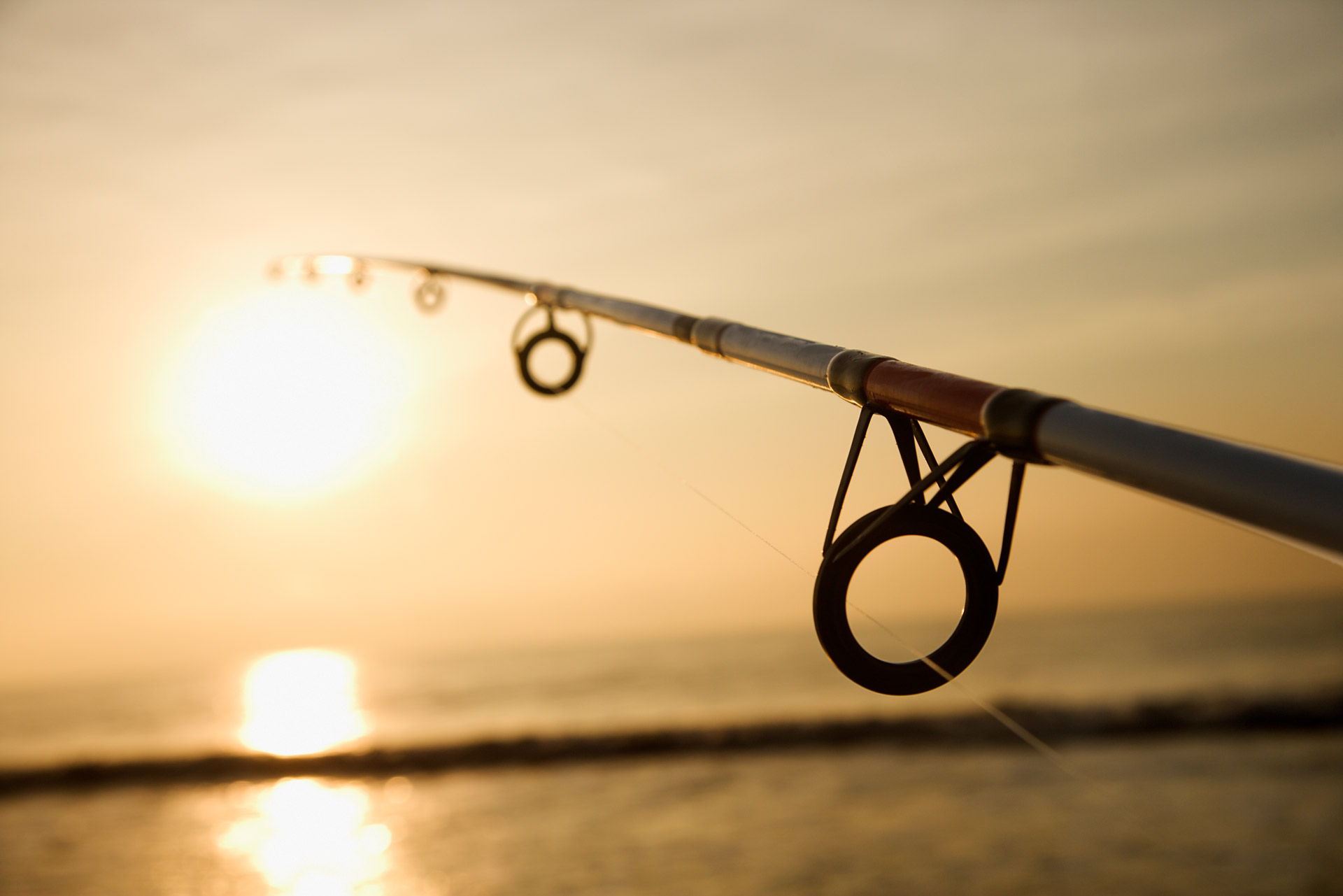The Ultimate Guild to Fishing for Beginners
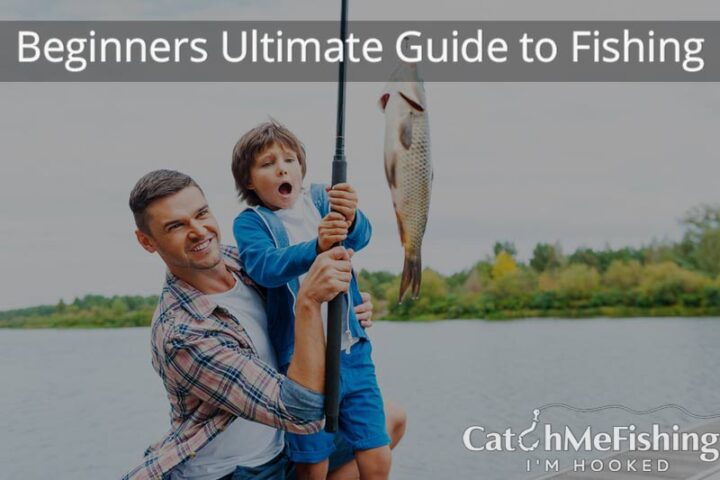
To get started, fishing may sound like a difficult thing to start doing, but it is not that complicated. With just a bit of equipment and clothing, a fishing license, and this guide, you can get on the water and start catching several fish at the weekend with family.
This fishing for beginners guide will be handy for spin fishing. It will cover how to set up a spinning reel , create spinning lures, and fish for the spin fishing (spin-fishing) method. It's one of the most cost effects ways to get outside with minimal investment for new anglers, but fly fishing, alternative fishing, and other types of gear fishing that utilize different reels are all viable options that may interest you down the road.
The Ultimate Guide to Fishing
- Step 1 – The Fishing Basics
- Fishing Etiquette (Polite behavior)
- Where to Fish
- Getting a New License
- Best Fishing Gear
- Step 2 – Fishing Abilities That Will Help You
- Understanding How The Water Works
- How to Tie Knots
- Step 3 – How To Catch Your First Fish
- Rod Casting
- How to Hook a Fish
- Land a Fish
- Step 4 – Other Useful Tips and Tutorials for Beginners
- Recommended Gear for Beginners
The Fishing Basics
Fishing Etiquette (Polite behavior)
Learning good fishing etiquette early is an important life lesson—and I mean that as a pun. For example, I don't want you to disrespect other anglers, the fish you catch, or the environment you're in. Give another angler his piece of water. In crowded areas, allow someone to give his spot at least 50 to 60 feet on the most crowded water or more than a couple of hundred yards away if there is not much activity from other anglers. Maintain catch and release practices when fishing. Also, don't encumber more fish than you can enjoy. Before you go fishing, you must ensure that the river's segment is either capture and release or restricted to artificial lures. For times like this, I need to inform you of closure signs posted in the area. You should also check with your local regulation book or state's forestry department's website for facts and updates on closures from the past of future closures.
Where to Fish
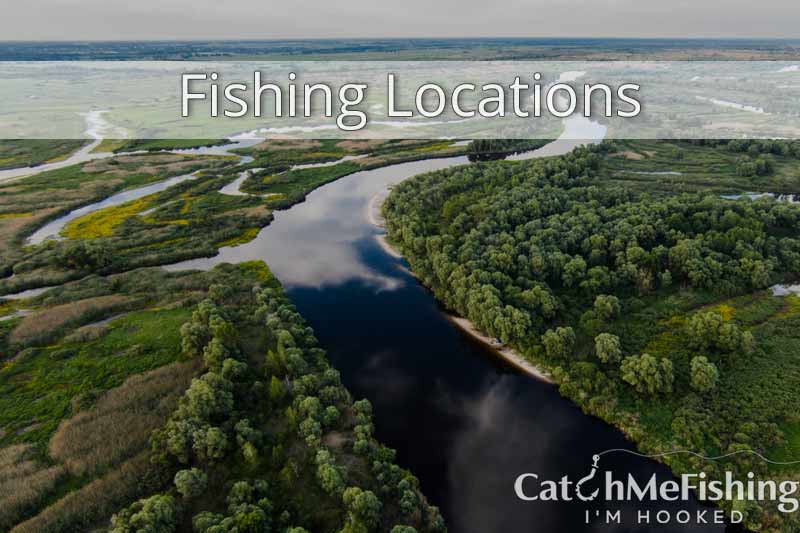
It's best to talk to a local who is connected to the water you are going to fish. This person can inform you of the most up-to-date and comprehensive information regarding where you can fish. In the cases where an app or useful fishing gear is not available, an enterprising person might go out and collect information from other people. In general, small lake reservoirs are an excellent option when you are just starting out. They typically have a bank or pier to hunt, and they sometimes have a greater amount of hungry fish than you might find in a canal. Fishing lakes for bass, panfish, or trout species include different species, while fishing rivers for salmon and trout involves different species.
Getting a New License
Before going out, go to your local fish and wildlife agency and make sure you have a current fishing license for the state or country you are fishing in. Fishing licenses are sold online or at hunting and fishing stores, or occasionally in convenience stores. Fishing license costs can range up to $50 due to state regulations. However, the prices differ from state to state, and in the states where the cost is more, the residents pay more (in other states, the costs are less). But an annual license for a fishing license is a better bang for your buck. Typically selling for between $30 and $150. You would most definitely be required to work. You might even want to repeat this sequence for more fishing on occasion through the same sequence at least once for your first time.
USA: Fishing license: https://www.fws.gov/fishing/FishingLicense.html
UK: https://www.gov.uk/fishing-licences/buy-a-fishing-licence
Canada: https://www.ontario.ca/page/fishing-licence-canadian-residents
Best Fishing Gear
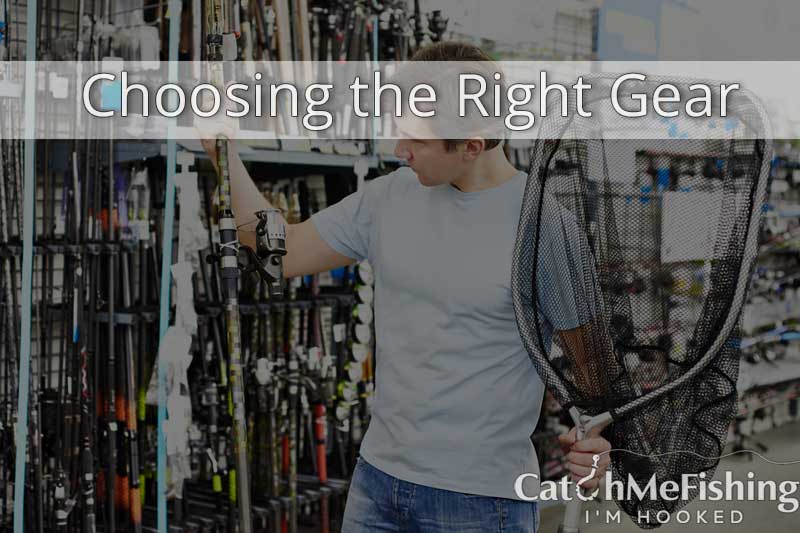
As a first-time angler, you should try using a spinning reel and rod combo. "Combo" (combination) is an important word when fishing, as it means you bought the reel and rod at the same time, meaning they're both easy to set up. There is a great video you should watch to find out more about a spinning reel. You may encounter an employee from a nearby tackle shop, and they would be able to reliably give you guidance and guide you in the direction of a fishing rod that is right for you.
After a rod and reel purchase, you can then look at different baits and lures to purchase. Some worms or PowerBait (a scented putty-like substance that you form around a bare hook) are good as a starting point. Other useful alternatives involve utilizing lures, which are decoys intended to draw a fish's attention.
Once you are comfortable using bait. You would also need bobbers, which are tiny floating balls capable of falling or bobbing, which means you have a fish on.
These are items to bring along when you go fishing: small needle-nose pliers that are easy to handle, rubber nets to temporarily hold the fish in place, the ocean as a place to put your lures and bait away, and a tackle box so you can store all of your fishing equipment in the same spot.
Your Experience will continue to expand your potential by providing you a greater and greater way of pushing outside the scope of your comfort. Your equipment will bring you to new limits of gear, such as waders and boots, on many occasions while you continue to develop your expertise.
Fishing Abilities That Will Help You
Understanding How The Water Works
It is helpful to know where fish are hiding so you can target fish better by "reading the water." Where you fish may make sense if you know where fish hang out in or around weeds and downed trees on the shore close to shore. They settle near drains, causing puddles to form, making it difficult to dump garbage in trash cans. As a result, it's best to have trash containers in a canoe or kayak, among other things. Tactics are similar for rivers—you'll want to search for areas that can have good shelter, in other words—since a fish's primary purpose is to stay concealed from predators.
How to Tie Knots
The tutorial will teach you the basic knots you'll need to know in order to get started. As you improve your fishing skills, a book of common fishing knots will become a good resource to have on hand.
The Double Surgeon's Knot
A daisy chain knot is used to connect two ropes by intertwining their ends. You can use this tool (in particular if you get snagged—when your lure gets stuck on a log or rock and the line breaks—and you must start operating on your fishing knot before you can fix your pole.)
A Clinch Knot
The most important part of tying a fishing line is the improved clinch knot. This knot is used to attach your hook or lure to your line. After you've mastered this, you'll be ready to begin the next one.
The Palomar Knot
If you want to make an efficient fish hook, you can use a knot instead of a lure. Fly tying is known for its strength and ease of tying.
How To Catch Your First Fish
Rod Casting
Casting with a spinning reel is quite a simple throwing experience. You wrap your fingers around the line and crank the mechanism while simply throwing the rod/reel as far as you can. Start with enough top-end line out the end with your rod to get a good set, with the reel below your dominant hand to make a fast cast. In this system, a spool (a wind-up reel) spins to regulate the distance your fish goes out when you cast your line. To cast, you'll need to place the rod tip behind you (think of how you'd pick up a phone), bring the rod tip up and slightly past you (think of using a prop to represent the rod tip), and cast forward using your wrist and elbow. When your rod is vertical or slightly off to the side, stroke forward and send your lure flying through the air. Once your lure is in the water, then flip the bail over and begin reeling the fish in.
How to Hook a Fish
When catching a fish, there are two things you ought to consider: losing the lure as the fish spits it out or your line breaking while trying to land the fish with a heavier weight and power.
To keep your line taut during fishing, make sure your reel is good, and if you don't know how to set up your reel when casting, take it to a professional. Almost all rods have drag systems that influence the amount of drag in your reel to fit various situations—less drag is required if the fish is believed to be small and have less power, a more powerful rod would be appropriate if you're pursuing larger or more dangerous fish.
As a means to keep parasitic hookworms from entering, you must properly "set" the hook into the fish skin once it has bitten your bait. This starts with the right time when the bobber settles without any excessive movement. Then you should place the rod firmly in a position where the rod tip is just above the stationary spot. Then, keep an eye on the bobber and pull back with a moderate amount of pressure until the bobber stops feeling like it is going down. Then you can move the rod forward again while slowly and steadily removing pressure. Once you've landed the fish, you will have to try your utmost not to let the fish off your hook; all the while, the fish will be having an incredibly great time chowing down on your bait. Breaking the fish off the hook after a very quick reeling off will often cause the fish to pull away from the hook, as its power and weight can be greater than the line's strength. If you tire the fish out, you will have the upper hand and eventually bring the fish to you.
Land a Fish
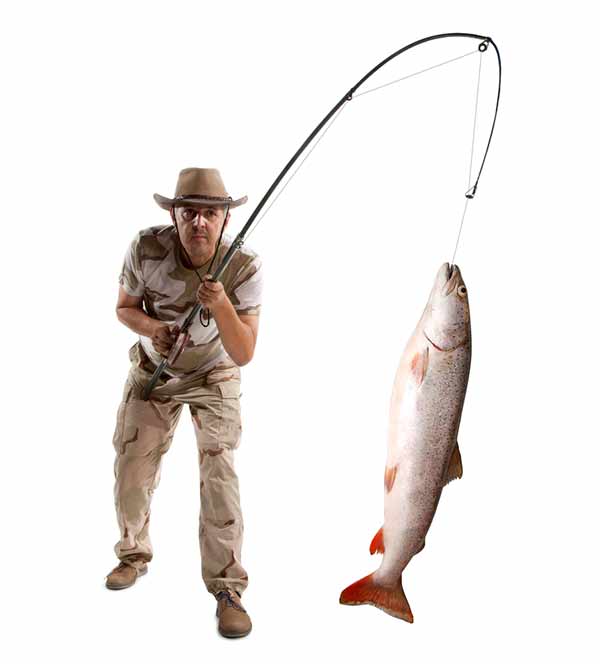
You have successfully hooked, played, and reeled in the fish. There is only a short distance left to go. A landing net will provide you with a tremendous advantage on this one. Once you understand how to extend your arms properly, you will know how to reel the fish into an arm's length. Then, use the net to scoop it up, making sure it doesn't touch the rocks. As explained above, fish that are to be kept out of the water should not be touched by their bellies or gills. After landing the fish, use good fish-holding techniques as well as a good hook remover to make your job easier. Once the fish is safely unhooked then, make sure to place the fish back into the water.
Other Useful Tips and Tutorials for Beginners
Finding a fishing guide improves your fishing skill set. It is best to find a fishing guide who is experienced and fishing with them to learn from them. Here are some other resources you can consult:
YouTube may be a reliable source of support for starting fishermen. In learning to tie knots, cast, or construct the fishing rod, viewing a quick tutorial video is a useful way to acquire new skills and learn new things you would like to know about fishing.
Both local fishing associations or even your state's forestry department are excellent resources for harvesting fish. Local organizations often want to host fishing tournaments, support fishing matches, promote fishing days (where no fishing license is required), and arrange other fishing activities.
A fishing guide will become a valuable tool later on once you're confident with your fishing skills. Guides provide good knowledge of local waters like lakes and rivers and can offer more regional lessons on river water visibility, lure collection, and where to fish.
Although fishing may seem very difficult at first, with a little practice, it becomes effortless. The first time needing to catch a fish like that is as straightforward as locating a body of water, doing some study on fish types, investing in some simple gear, and casting your rod out into the water.
Recommended Basic Fishing Gear for Beginners
Rod and Reel Combo:
Baits and Lures:
Bobbers and Floats:
Tackle Box:
Landing Net


